I2C Isolator 5 Click
R465.00 ex. VAT
I2C Isolator 5 Click is a compact add-on board that offers completely isolated bidirectional communication. This board features ISO1644, a hot-swappable bidirectional I2C isolator with enhanced EMC and GPIOs from Texas Instruments. The ISO1644 provides two bidirectional channels, supporting a completely isolated I2C interface that eliminates the need for splitting I2C signals into separate transmit and receive signals for use with standalone optocouplers. It supports data rates from DC up to 1.7MHz and has a hot swap circuitry to prevent data glitches. This Click board™ makes the perfect solution for transferring digital signals between circuits with different power domains at ambient temperatures.
I2C Isolator 5 Click is fully compatible with the mikroBUS™ socket and can be used on any host system supporting the mikroBUS™ standard. It comes with the mikroSDK open-source libraries, offering unparalleled flexibility for evaluation and customization. What sets this Click board™ apart is the groundbreaking ClickID feature, enabling your host system to seamlessly and automatically detect and identify this add-on board.
Stock: Lead-time applicable.
| 5+ | R441.75 |
| 10+ | R418.50 |
| 15+ | R395.25 |
| 20+ | R380.37 |






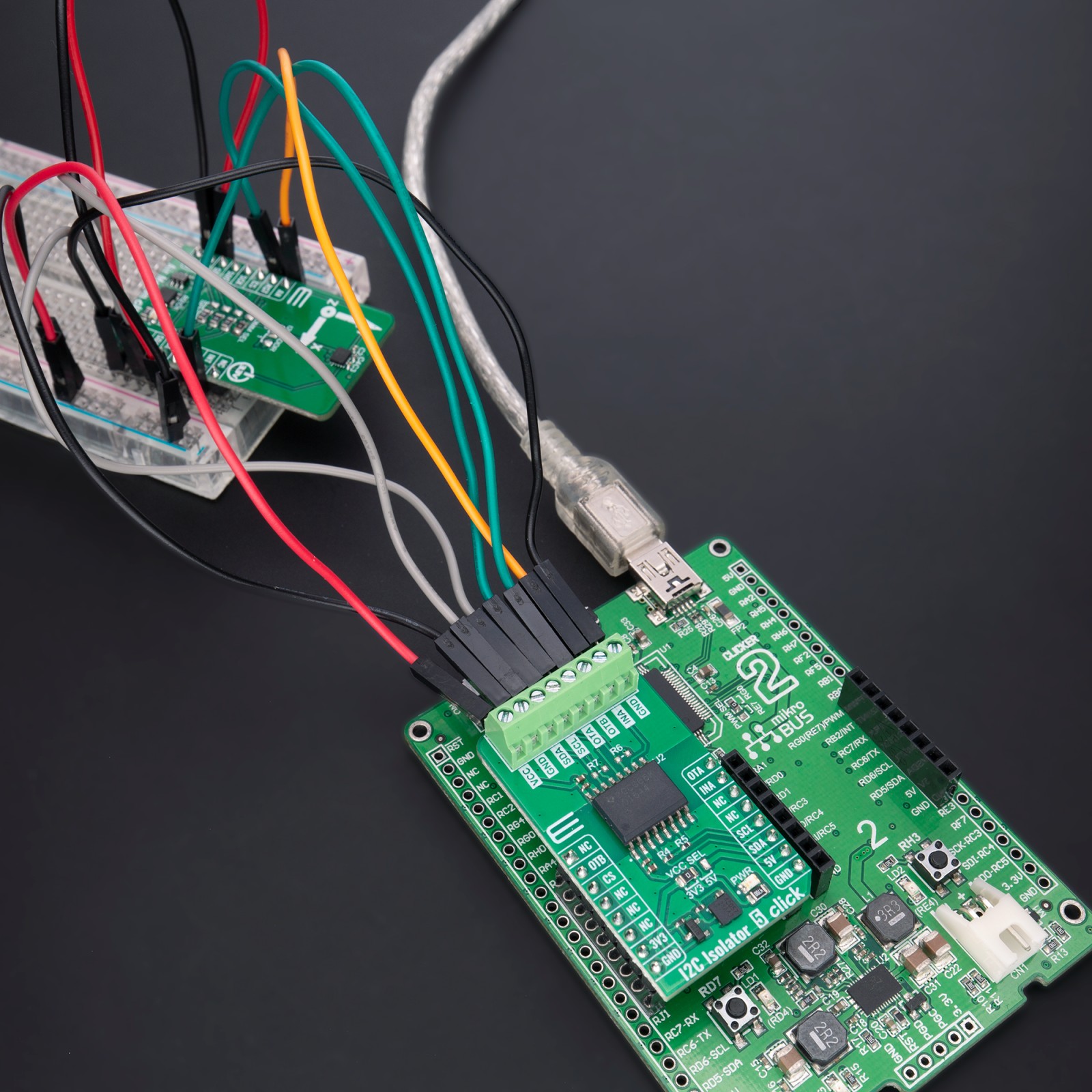


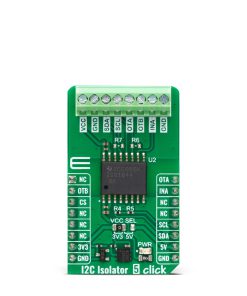

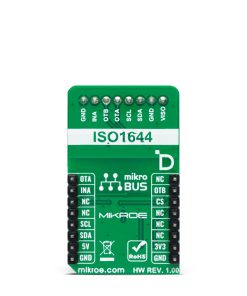

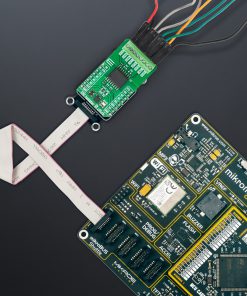
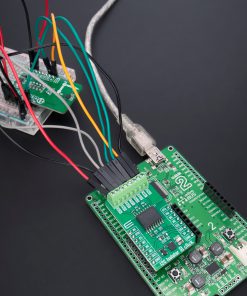
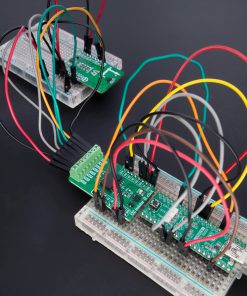

.jpg)








